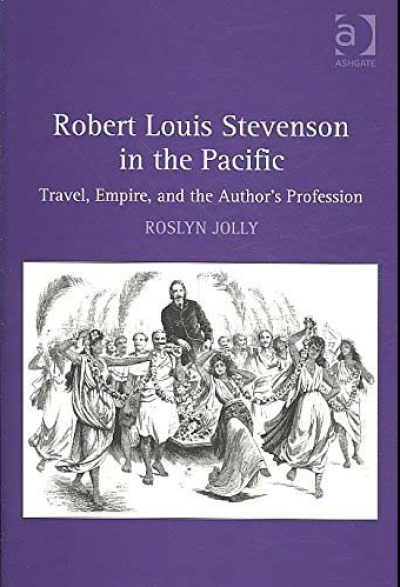Robert Louis Stevenson
Robert Louis Stevenson in the Pacific: Travel, empire and the author's profession by Roslyn Jolly
by Gillian Dooley •
This month Sydney is host to two productions inspired by Robert Louis Stevenson’s novella Strange Case of Dr Jekyll and Mr Hyde (1888). The first, from Sydney Theatre Company, signals director Kip Williams’s return to the Roslyn Packer Theatre following the success of his 2019 production, The Picture of Dorian Gray. The second, from director Hayden Tee, offers a subversive revival of the much-maligned 1990 ‘gothic thriller musical’ Jekyll and Hyde by Frank Wildhorn and Leslie Bricusse at Hayes Theatre Co. ‘Man is not one but two’, Stevenson famously writes ...
... (read more)



